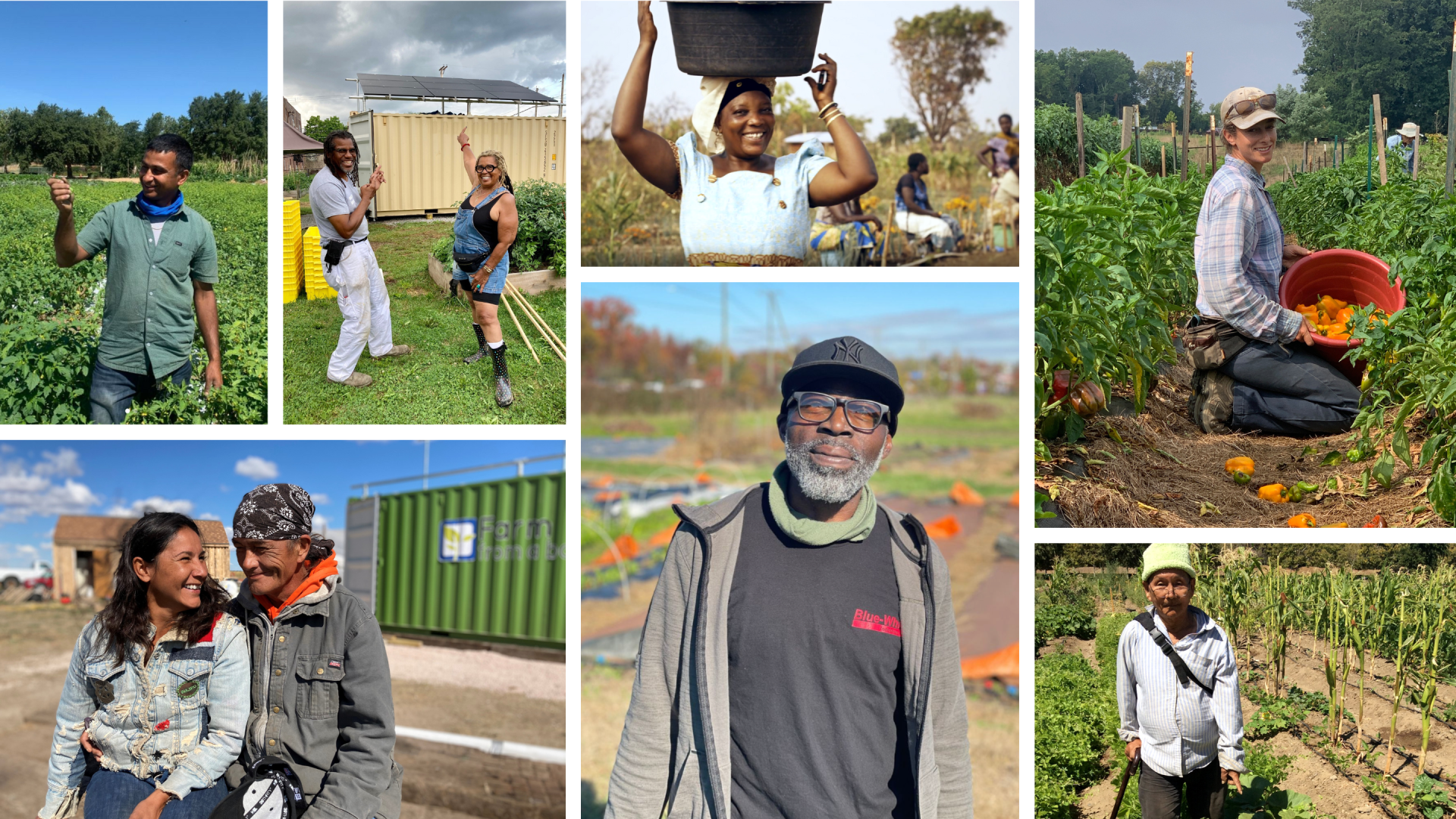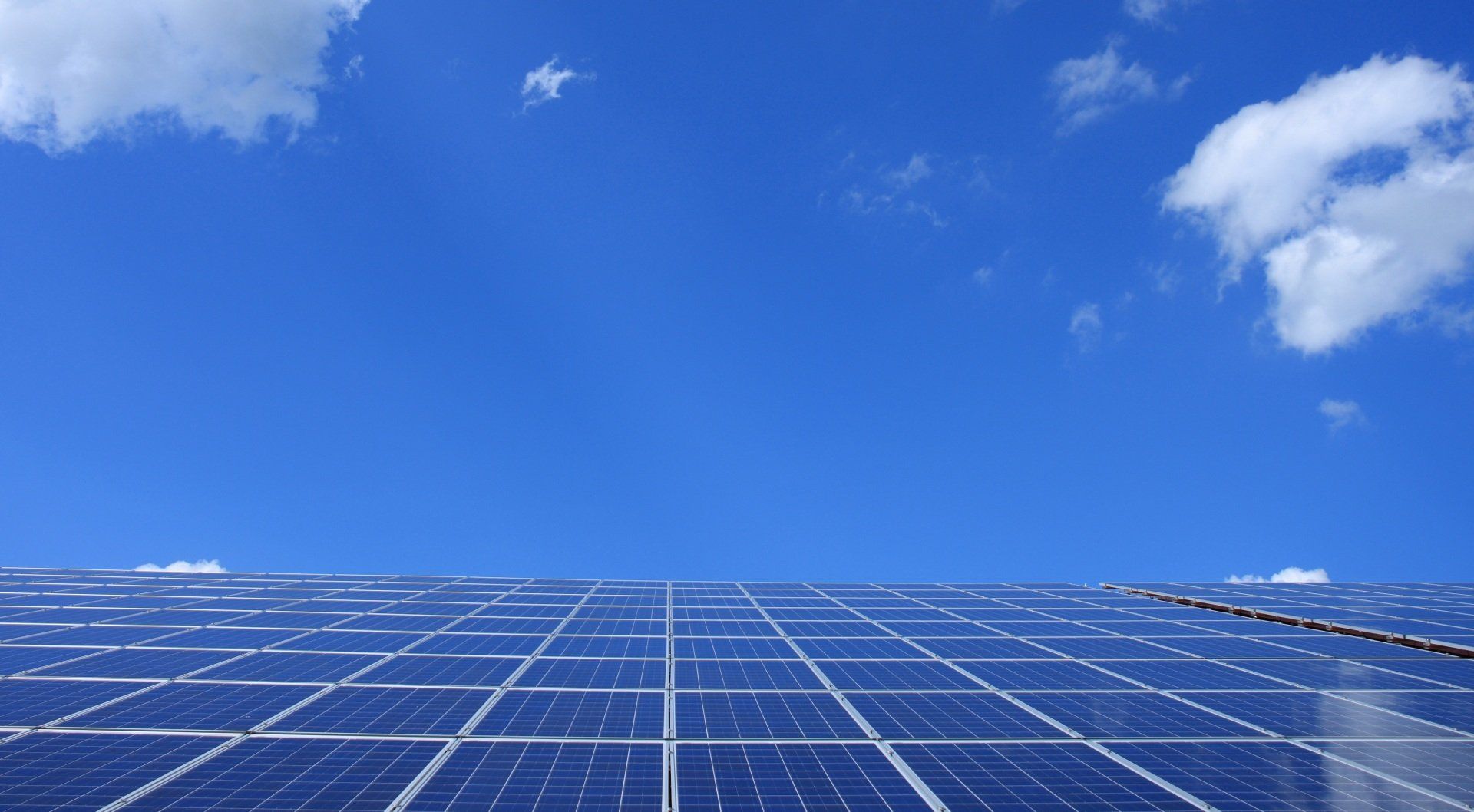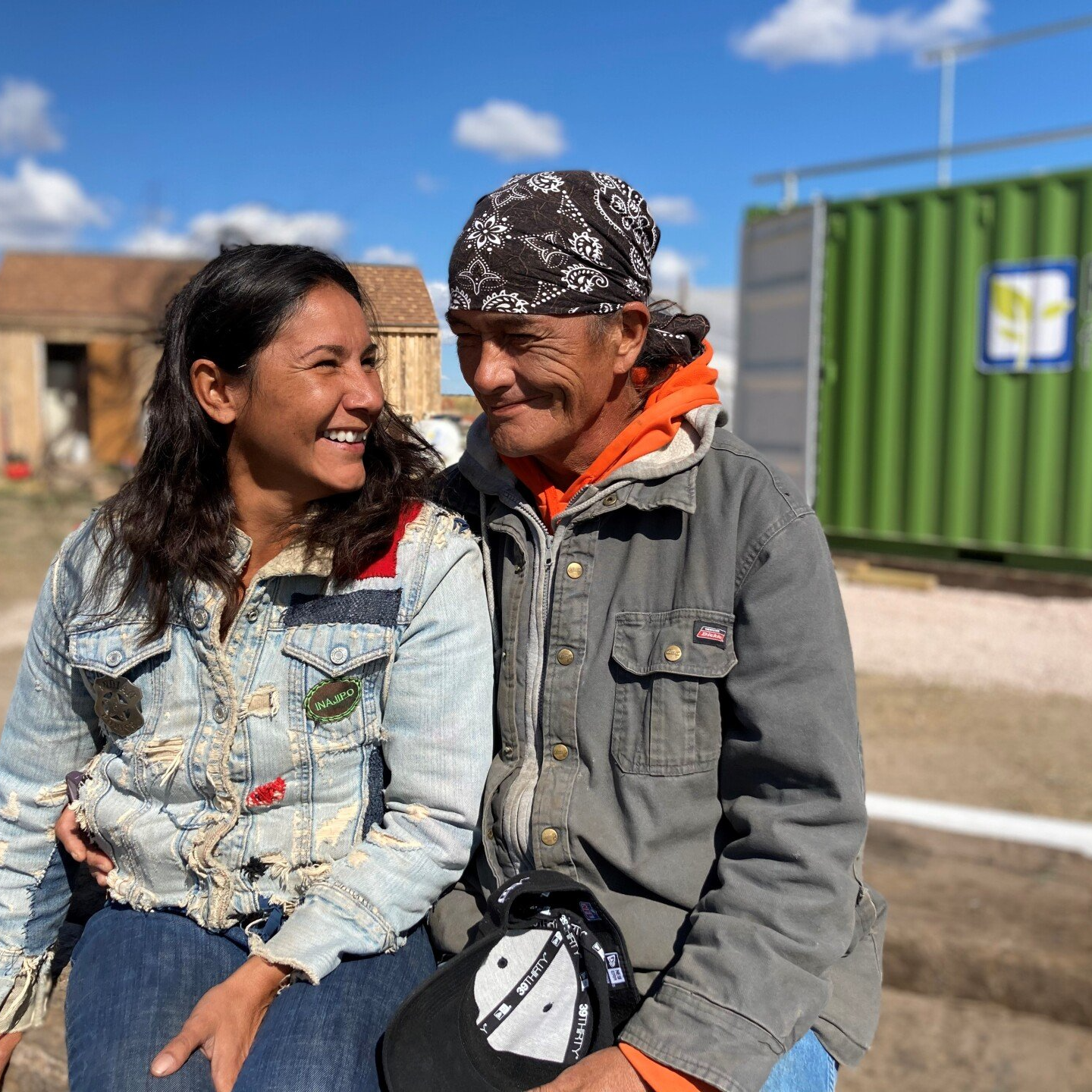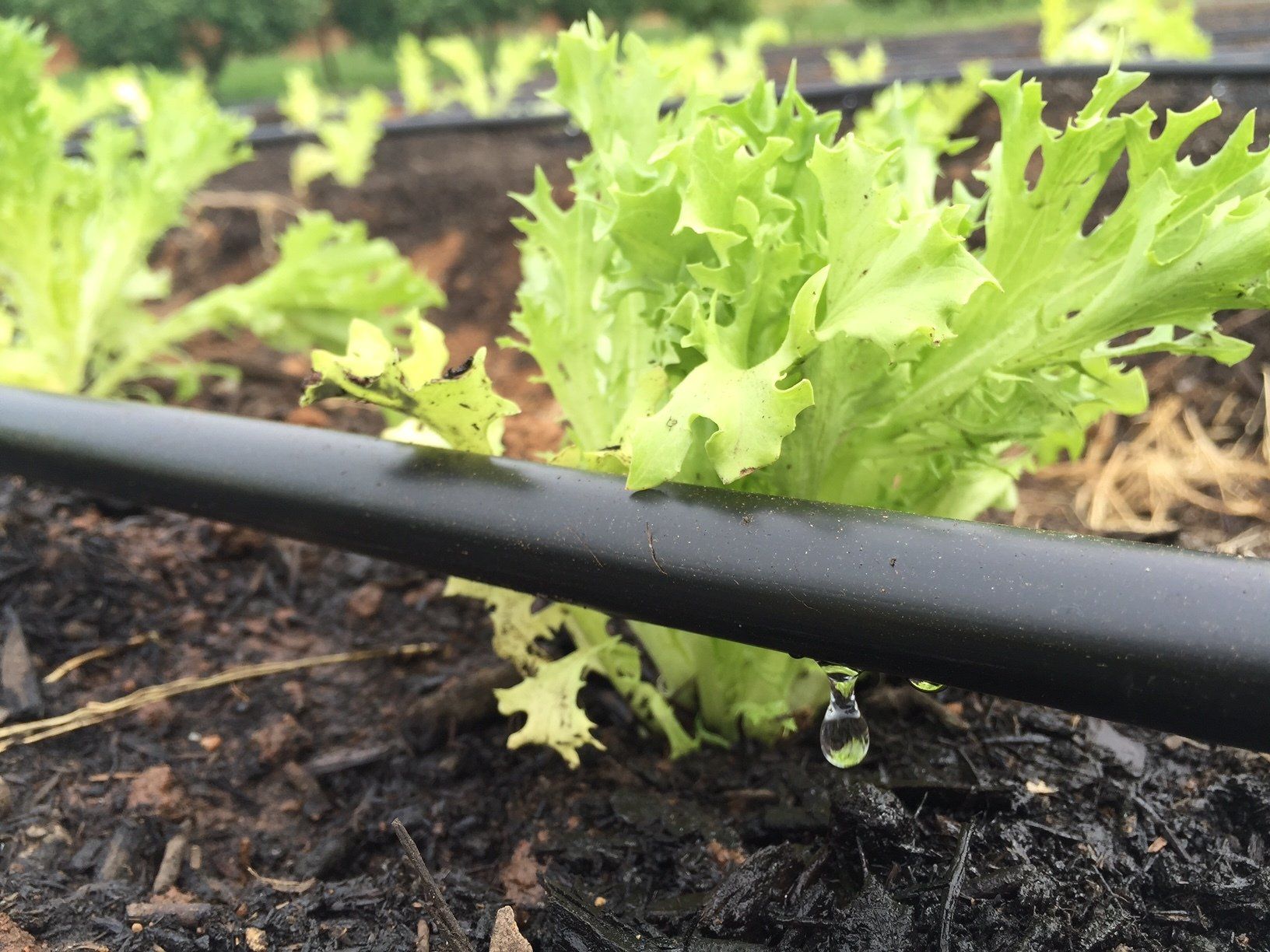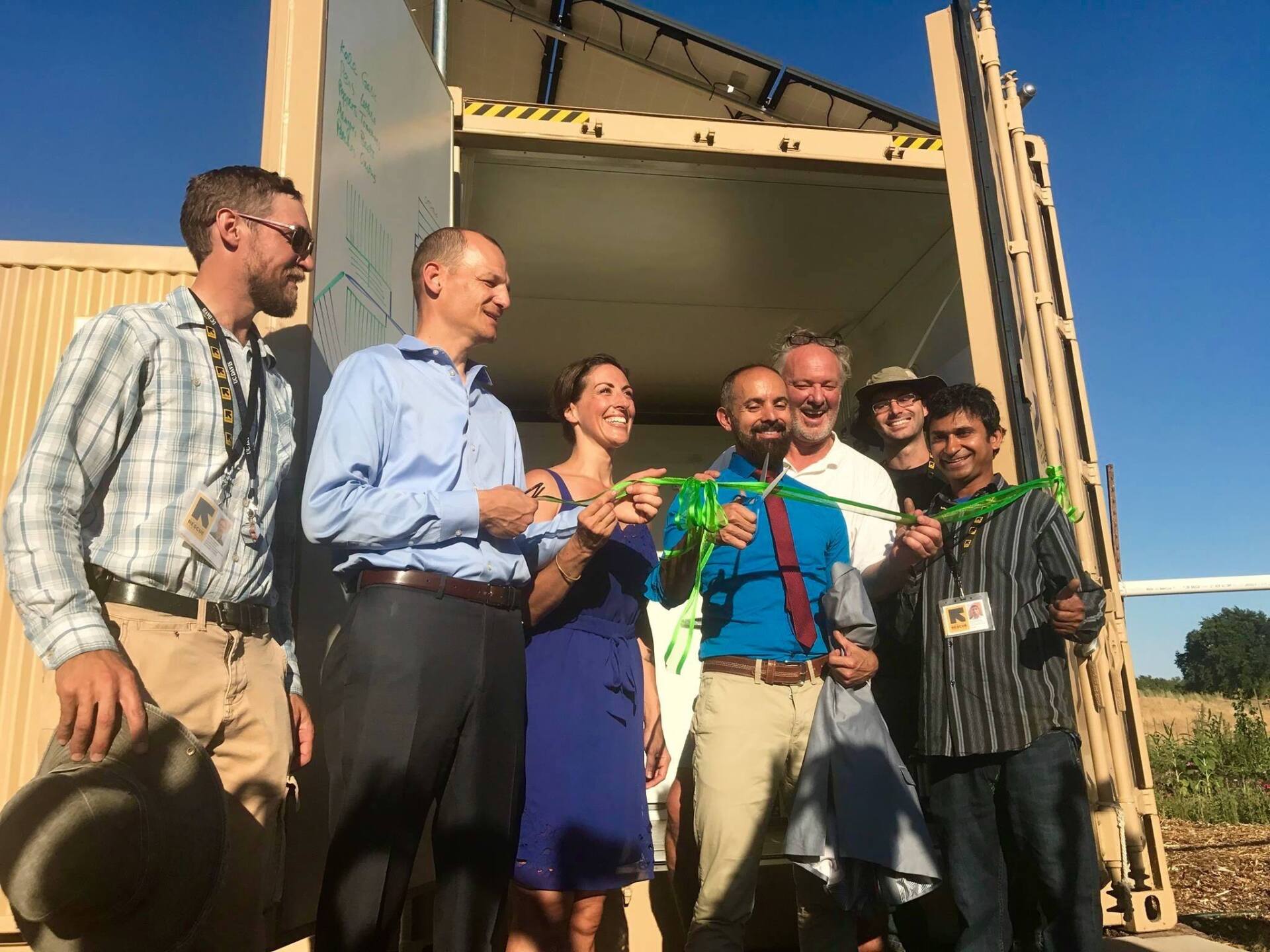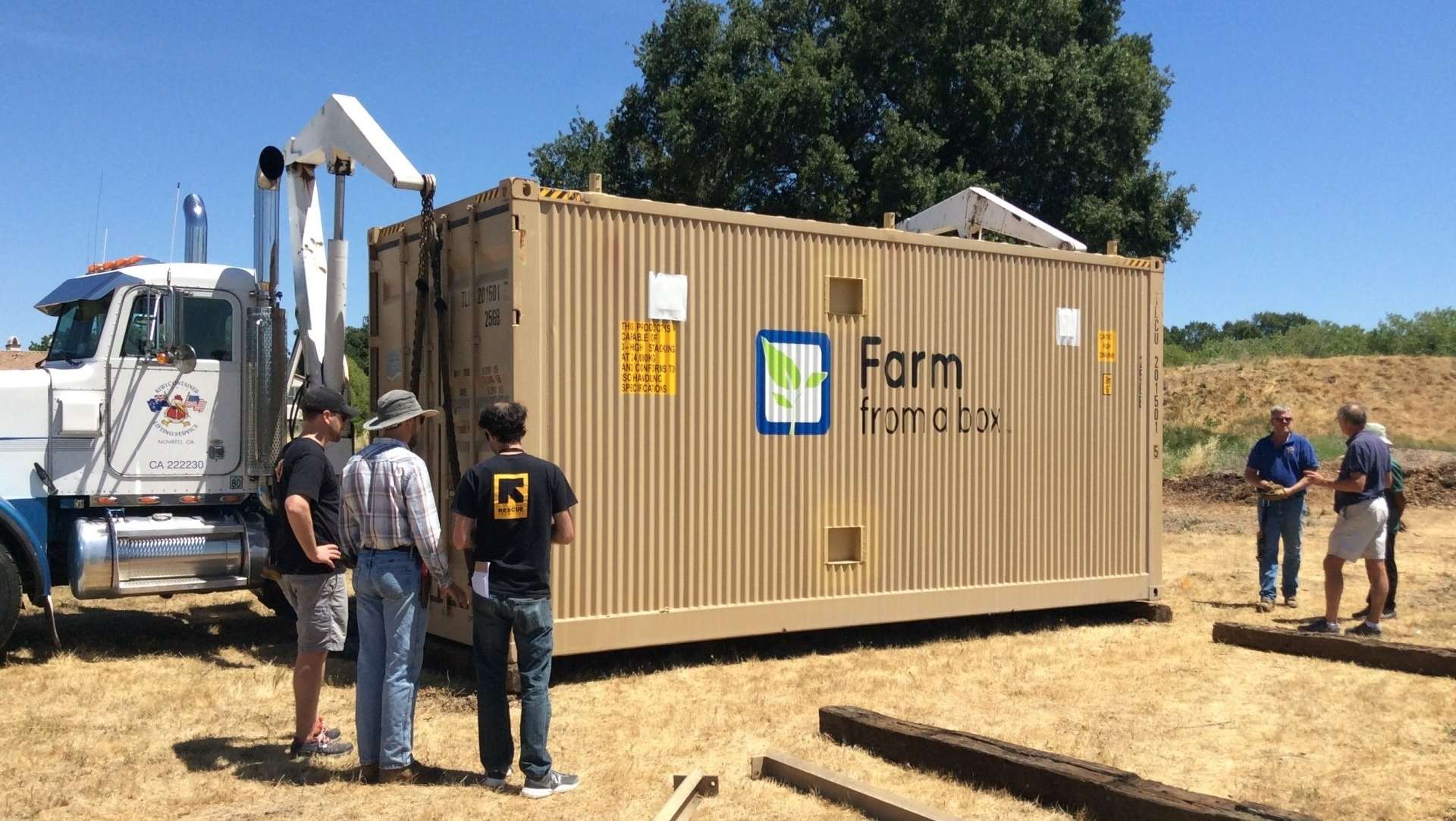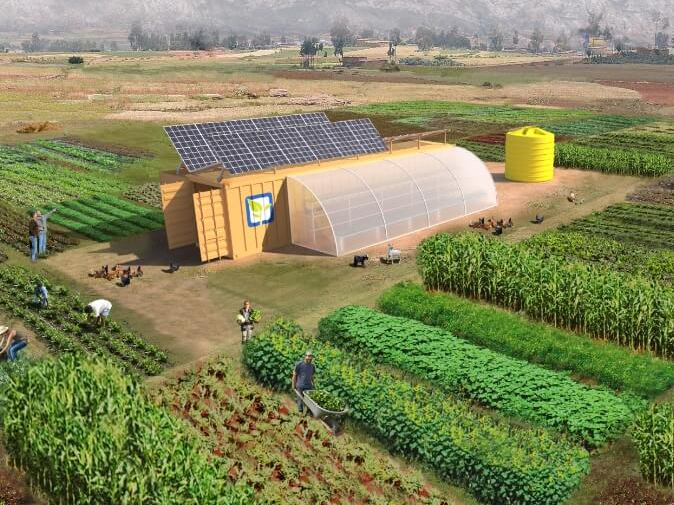5 Unexpected Ways Farm from a Box Reduces Farming's Carbon Footprint
On-farm fossil fuel use isn’t the only factor contributing to carbon dioxide emissions within our food system. Livestock, deforestation, soil disturbance, erosion, food waste, and food transportation also release CO2.
These issues are interconnected, and by beginning to tackle one, we will also make big progress on the others. At Farm from a box, we believe in a whole-systems approach, which is why we've designed our infrastructure as a flexible, dynamic, all-in-one technology that can integrate into any farm and crop plan. No matter your current challenges or future goals, we can help you lower your farm's carbon footprint.
By enhancing regenerative practices, preventing post-harvest losses, supporting crop diversification, and localizing food chains, Farm from a Box reduces both Scope 1 and Scope 3 carbon emissions across the food chain.
Here are five unexpected ways Farm from a Box helps reduce farming's carbon footprint:

1. Food Waste
Roughly a third of the world's food is wasted, totaling 1.3 billion tons per year and releasing 3.3 gigatons of CO2.
When food is wasted on farms, its carbon footprint largely comes from all the resources that went into producing it: the production and application of fertilizers and pesticides, the fuel to run farm equipment used to grow and harvest it, and the fuel or electricity used to store harvests.
Often, on-farm food waste is due to a lack of accessible cold storage. With Farm from a Box's in-field cold storage, farmers see 60-80% fewer post-harvest losses - ensuring all the resources that went into production aren't wasted. Plus, running entirely on solar power, no additional fossil fuels are used to properly store the produce.
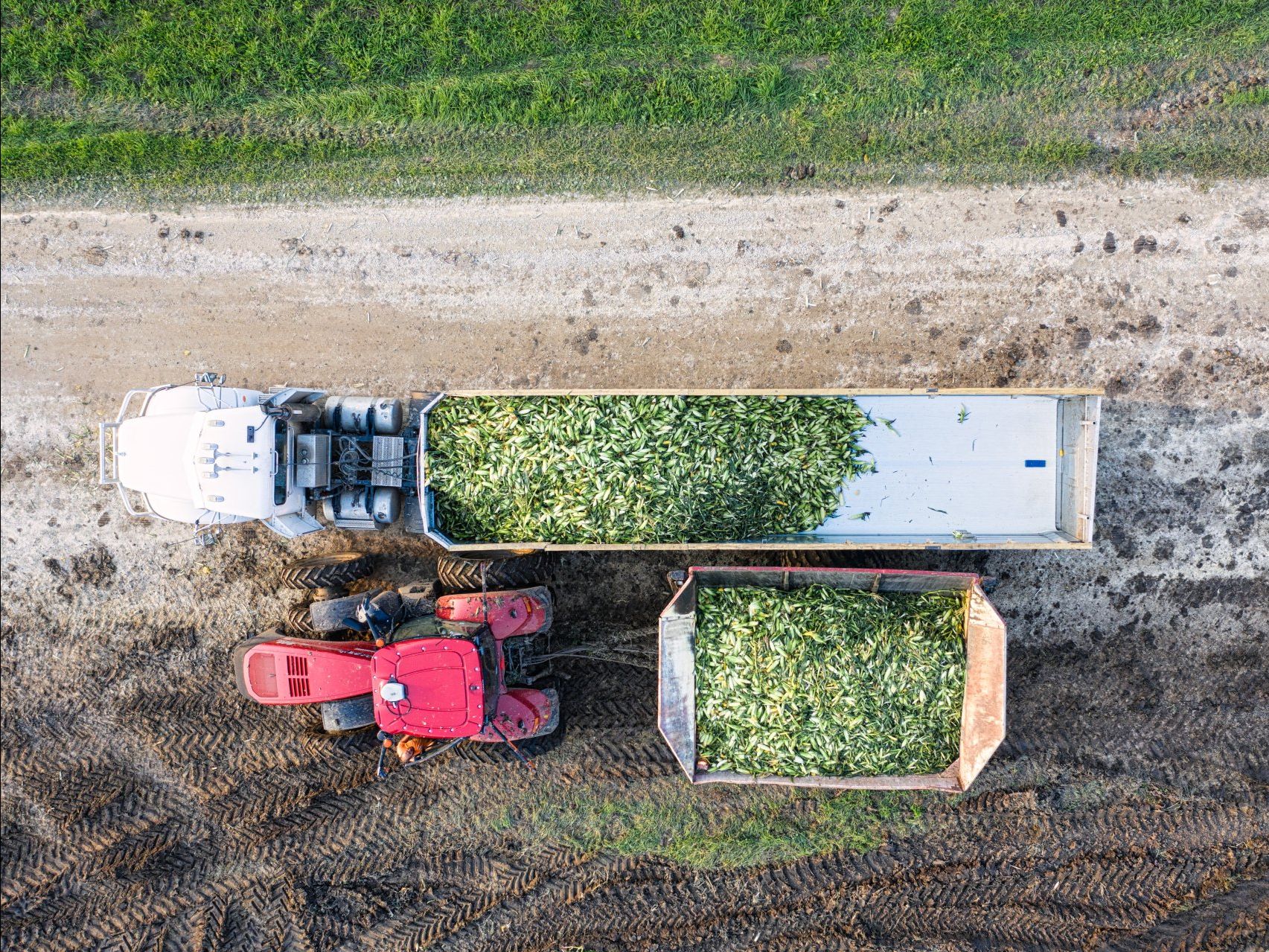
2. Food Transportation
Within our globalized food system, food is transported all around the world via plane, ship, truck, and train. The average pound of tomatoes sold in the U.S. supermarket travel 1,569 food miles and emits about 21 kg CO2. Worldwide, food transport accounts for about 3 gigatons of emissions annually, or about 19% of food-related emissions.
Farm from a Box provides smallholder farmers with the infrastructural support to increase their production reliably and sustainably. By strengthening local and regional food systems, we can shorten the distance between producers and consumers and reduce emissions from transportation.

3. Soil Disturbance & Erosion
CO2 is emitted by farm equipment moving across the fields during tilling, planting, the application of pesticides and fertilizers, and harvest.
Working alongside regenerative methods that naturally rebuild soil health, Farm from a Box reduces the need for tilling and heavy applications of synthetic fertilizers and pesticides.
Farm from a Box also uses drip irrigation, which slowly and gently releases water into the soil instead of flooding the entire field. Drip protects soils' structure and reduces the rate of erosion, which can also release CO2 into the atmosphere.
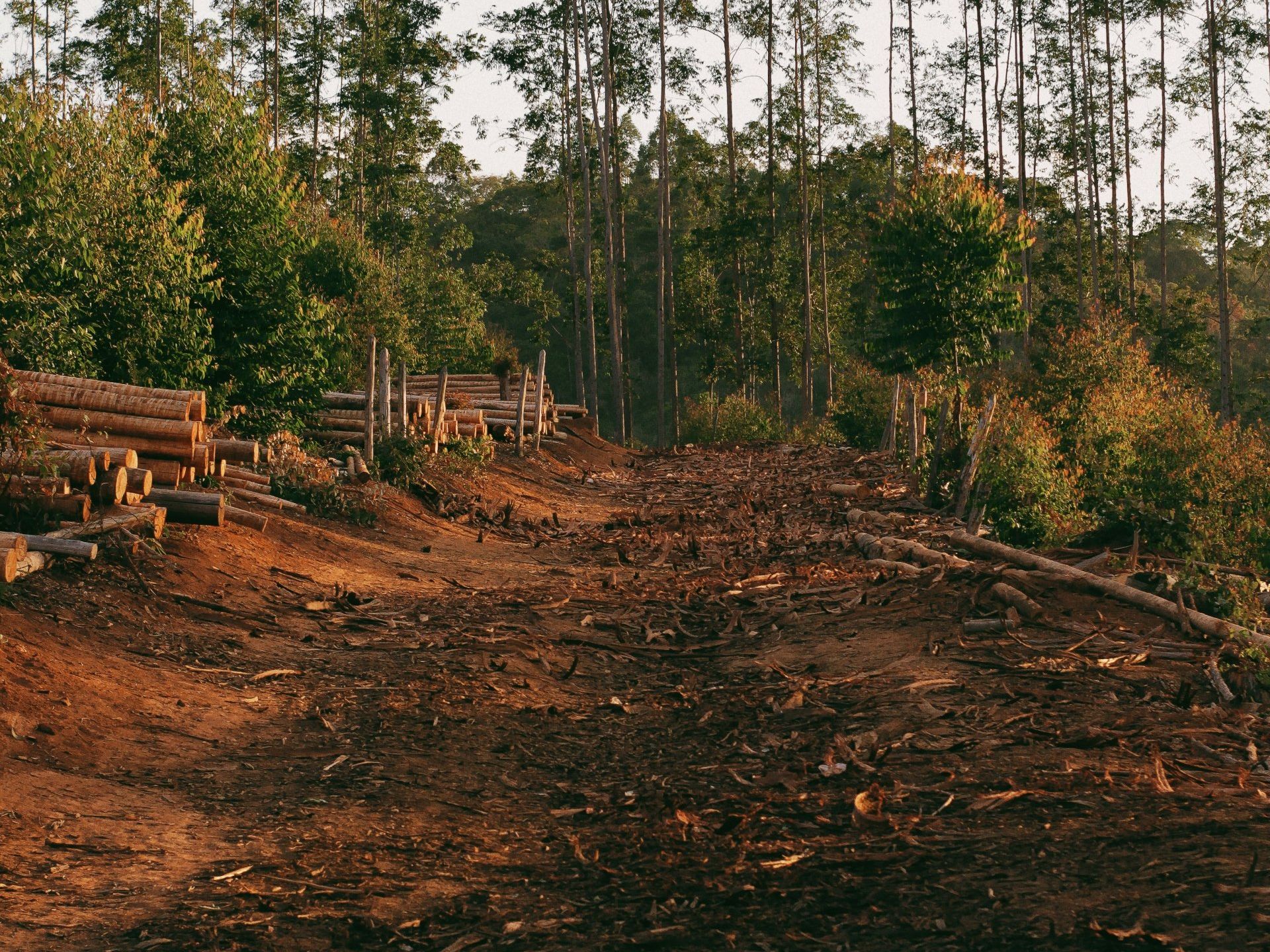
4. Deforestation
Worldwide, we've lost more than a third of our arable land over the past 40 years. As the world's production demands have increased, the rate of deforestation for agricultural land has also grown.
Trees and forests store carbon. When they're cleared, this stored carbon has the potential to be released back into the atmosphere as carbon dioxide and contribute to climate change.
Instead of clearing more land to keep up with production demands, Farm from a Box enhances regenerative farming practices to help regenerate the land we've degraded. Via practices like cover cropping, carbon sequestration, and agroforestry, we can regenerate soil health and prevent further deforestation.
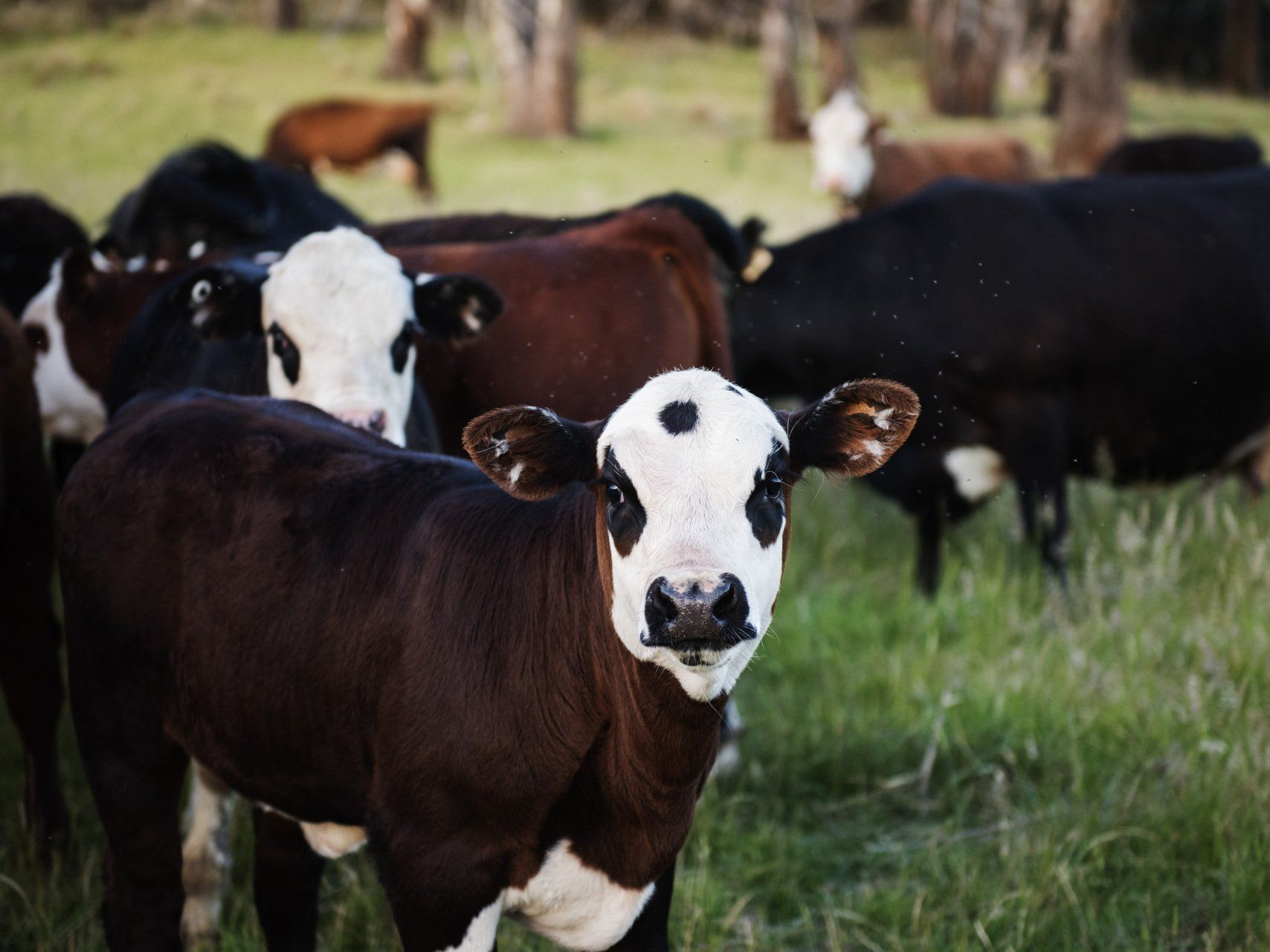
5. Livestock
Livestock emit 7.1 gigatons of CO2-equivalent per year, making up14.5% of all anthropogenic Greenhouse gas emissions.
With Farm from a Box's support, farmers can efficiently and reliably grow a wide variety of plant-based proteins and provide communities with meat alternatives. Shifting away from our heavy consumption of animal products and incorporating more plant-based alternatives has a high impact on reducing carbon footprints and mitigating climate change.
Plus, many of these plant-based proteins are nitrogen-fixing crops, allowing them to be cultivated in nitrogen-poor soils or supplement nitrogen to other crops, thereby reducing the need for heavy synthetic fertilizer applications.


